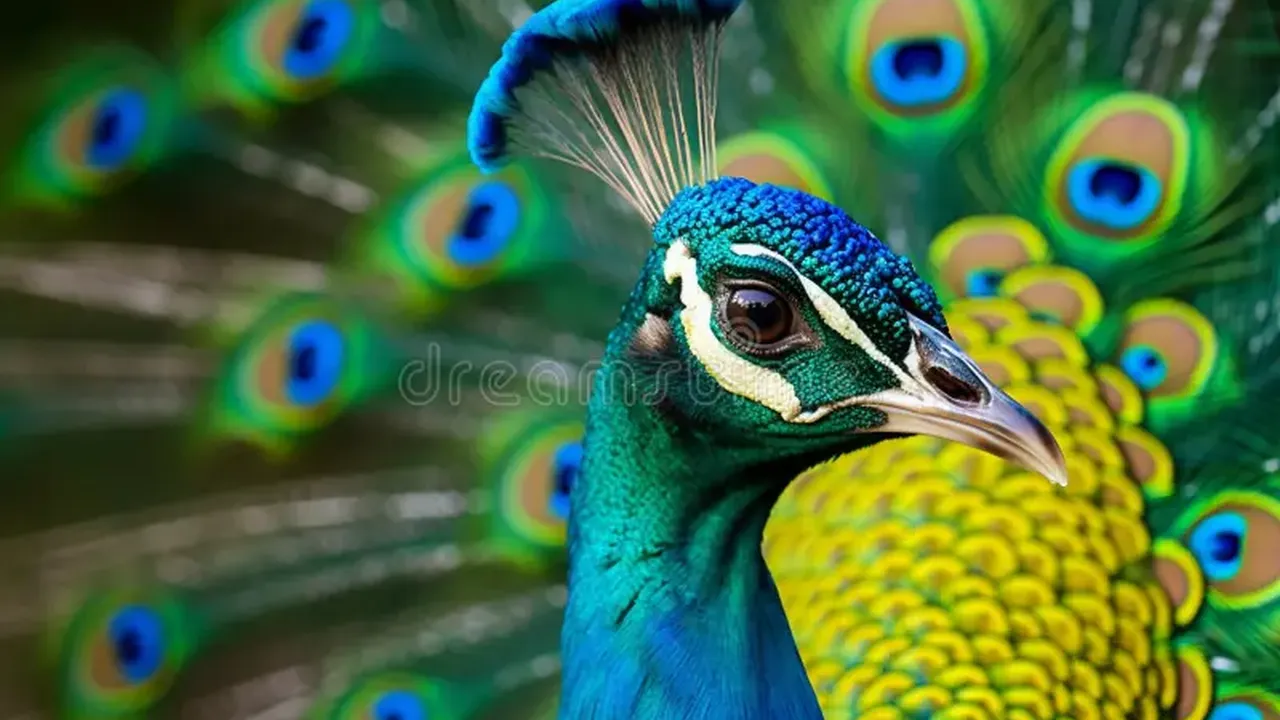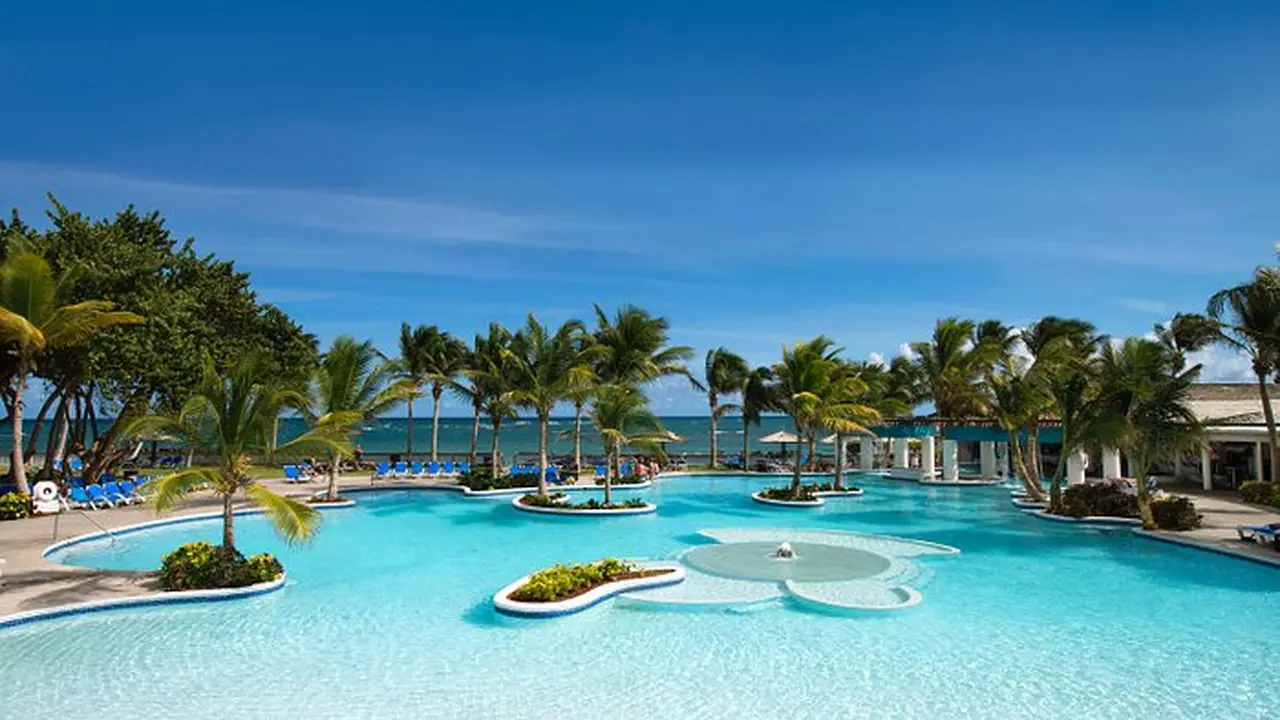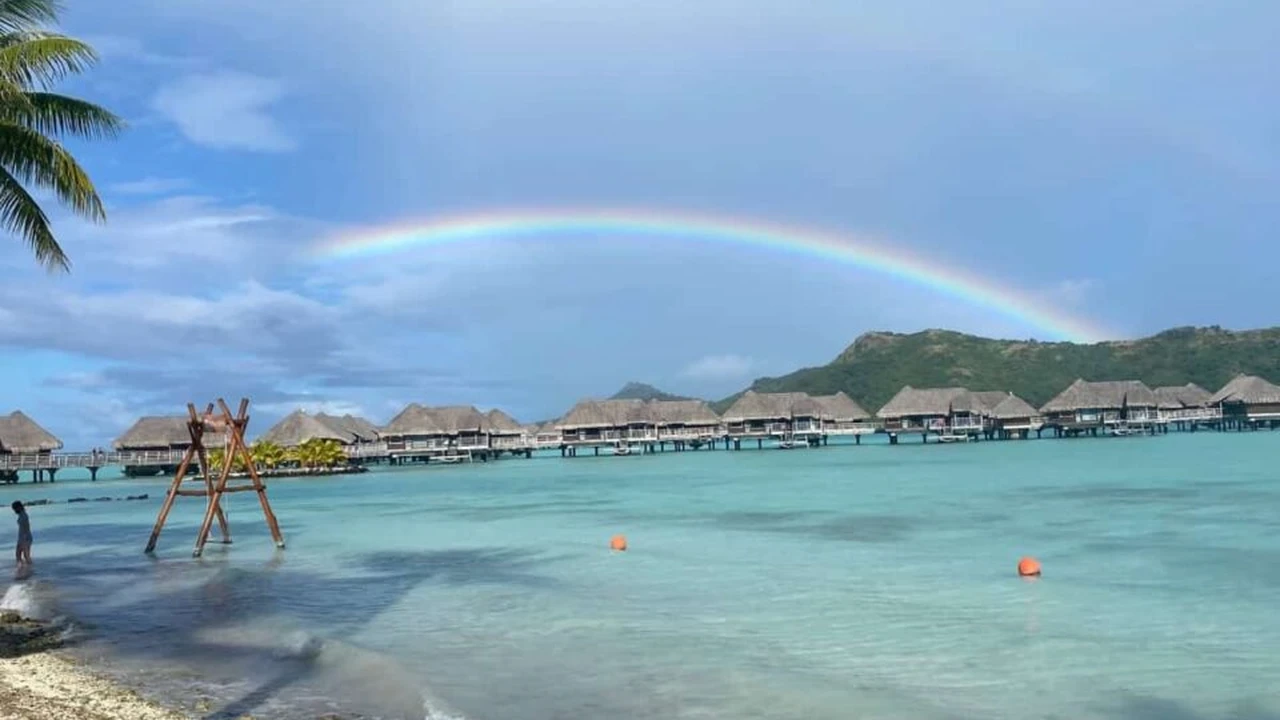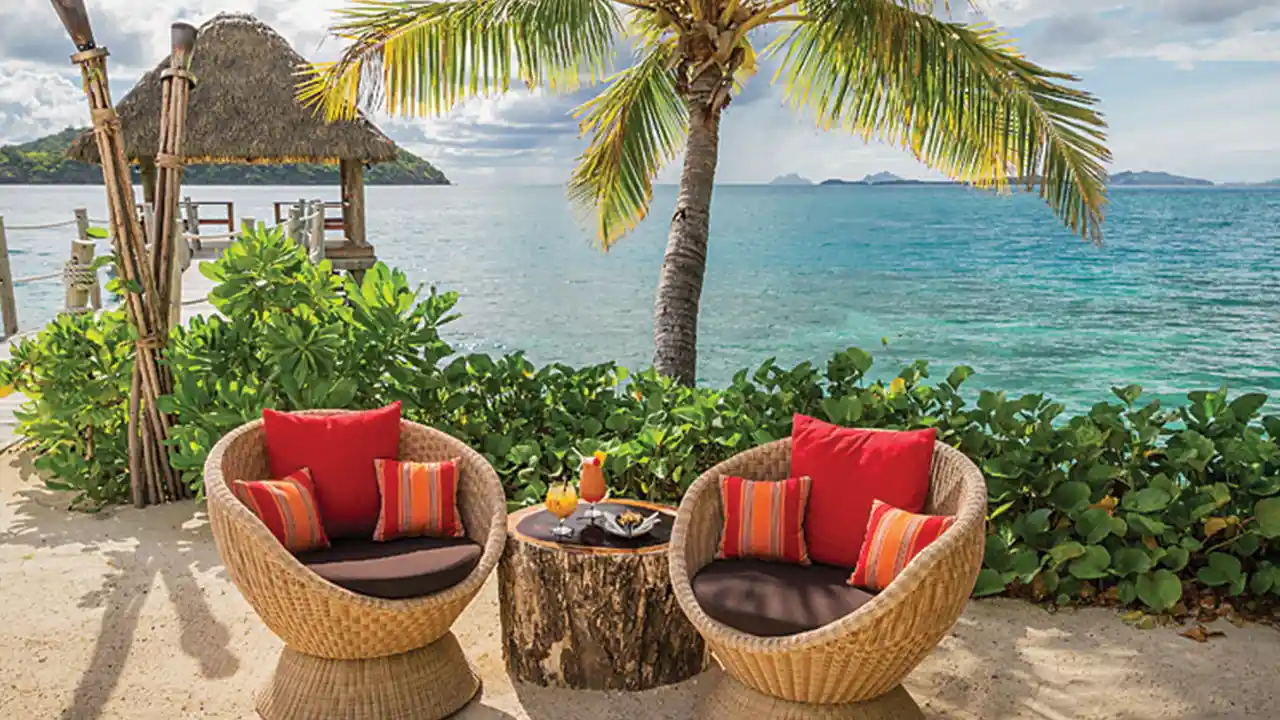Best Islands for Wildlife Encounters_ See Unique Animals in Their Natural Habitat
Discover the best islands for wildlife encounters. See unique animals in their natural habitat and plan your eco-tourism adventure.

Introduction: Why Choose Islands for Wildlife Viewing
Alright, wildlife enthusiasts! Ever dreamt of seeing animals in their natural, untouched habitat? Islands are your answer! They're like mini-ecosystems, often isolated, which leads to some seriously unique evolutionary paths. We're talking about species you can't find anywhere else on the planet. Plus, many islands have dedicated conservation efforts, making them perfect for responsible wildlife tourism. So, pack your binoculars, grab your camera, and let’s dive into some incredible island destinations where you can witness nature's wonders firsthand.
Galapagos Islands: Darwin's Playground and a Wildlife Paradise
The Galapagos Islands are practically synonymous with unique wildlife. Think giant tortoises, marine iguanas, blue-footed boobies, and penguins frolicking in the equatorial sun! This archipelago is a living laboratory, famously inspiring Charles Darwin's theory of evolution.
Galapagos Wildlife Highlights: What to See
- Giant Tortoises: These gentle giants are the iconic residents of the Galapagos. See them lumbering around in the highlands.
- Marine Iguanas: The only lizard species that forages in the ocean! Watch them bask on the volcanic rocks.
- Blue-Footed Boobies: Their comical blue feet make them a joy to watch during their mating dances.
- Galapagos Penguins: The only penguin species found north of the equator! Catch them swimming in the cooler waters.
- Darwin's Finches: A fascinating group of birds, each with a beak adapted to different food sources.
Recommended Tours and Eco-Friendly Options for Galapagos
To make the most of your trip, consider a guided tour. Several companies offer excellent eco-friendly options that minimize your impact on the fragile ecosystem.
Product Recommendation:
Tour Operator: G Adventures (Galapagos Island Hopping Tour)
Price: Starting from $3500 per person (7 days)
Use Case: Ideal for travelers who want a mix of land-based exploration and wildlife viewing. Includes snorkeling, hiking, and visits to various islands.
Comparison: Offers a more budget-friendly option compared to luxury cruises, allowing for deeper cultural immersion.
Madagascar: The Land of Lemurs and Baobabs for Wildlife Viewing
Madagascar is a biodiversity hotspot, famed for its lemurs, chameleons, and towering baobab trees. This island nation has been isolated for millions of years, resulting in an astonishing array of endemic species. Prepare to be amazed by the sheer uniqueness of the flora and fauna here.
Madagascar's Unique Wildlife: Lemurs, Chameleons, and More
- Lemurs: With over 100 species, lemurs are the stars of Madagascar. From the tiny mouse lemur to the charismatic ring-tailed lemur, they're a must-see.
- Chameleons: Madagascar is home to some of the world's most colorful and bizarre chameleons. Marvel at their camouflage skills and prehensile tails.
- Baobab Trees: These iconic trees, also known as the 'tree of life,' are a symbol of Madagascar. Visit the Avenue of the Baobabs for a breathtaking sight.
- Birds: Madagascar is a birdwatcher's paradise, with many endemic species like the Madagascar paradise flycatcher and the vangas.
Best National Parks and Reserves for Wildlife Encounters in Madagascar
Andasibe-Mantadia National Park: Known for its diverse lemur population, including the Indri, the largest living lemur.
Ranomafana National Park: Home to several rare lemur species, as well as colorful birds and reptiles.
Isalo National Park: Offers stunning landscapes and unique rock formations, as well as opportunities to see lemurs and other wildlife.
Product Recommendation:
Binoculars: Celestron Nature DX 8x42
Price: Around $150
Use Case: Essential for spotting wildlife in dense forests and at a distance. Offers a good balance of magnification and field of view.
Comparison: Affordable and durable, making it a great option for travel. Lighter and easier to carry than higher-powered binoculars.
Costa Rica's Osa Peninsula: A Tropical Rainforest Paradise for Wildlife
While technically a peninsula, the Osa Peninsula in Costa Rica feels like an island of biodiversity. It's one of the most biologically intense places on Earth, home to an incredible array of wildlife, including monkeys, sloths, toucans, and scarlet macaws.
Wildlife to Spot in the Osa Peninsula: Monkeys, Sloths, and More
- Monkeys: Four species of monkeys call the Osa Peninsula home: howler monkeys, spider monkeys, capuchin monkeys, and squirrel monkeys.
- Sloths: Both two-toed and three-toed sloths can be found hanging out in the trees.
- Toucans: The colorful toucans are a sight to behold. Listen for their distinctive calls.
- Scarlet Macaws: These vibrant birds are a symbol of the Osa Peninsula. Watch them fly overhead in pairs.
- Tapirs: These elusive mammals are the largest land animals in Central America.
Eco-Lodges and Sustainable Tourism Options in Osa
The Osa Peninsula is a leader in eco-tourism. Choose an eco-lodge that supports local communities and minimizes its environmental impact.
Product Recommendation:
Eco-Lodge: Lapa Rios Ecolodge
Price: Starting from $600 per night
Use Case: Luxury eco-lodge offering guided tours, wildlife viewing opportunities, and sustainable practices.
Comparison: Higher-end option, but offers a truly immersive and responsible experience.
Borneo: Orangutans, Proboscis Monkeys, and Lush Rainforests
Borneo, shared by Malaysia, Indonesia, and Brunei, is a haven for wildlife. It's one of the only places in the world where you can see orangutans in their natural habitat. The island also boasts lush rainforests, diverse birdlife, and unique creatures like the proboscis monkey.
Borneo's Wildlife Highlights: Orangutans and Proboscis Monkeys
- Orangutans: These intelligent primates are critically endangered. Visit rehabilitation centers and protected areas to see them up close.
- Proboscis Monkeys: With their distinctive long noses, these monkeys are a comical sight. They're endemic to Borneo.
- Sun Bears: The smallest bear species in the world, sun bears are found in the rainforests of Borneo.
- Rhinoceros Hornbills: These impressive birds are known for their large casques on their beaks.
Best Places to See Orangutans and Other Wildlife in Borneo
Sepilok Orangutan Rehabilitation Centre (Sabah, Malaysia): A sanctuary for orphaned and rescued orangutans.
Kinabatangan River (Sabah, Malaysia): A great place to see proboscis monkeys, orangutans, and other wildlife on a river cruise.
Danum Valley Conservation Area (Sabah, Malaysia): A pristine rainforest with a high concentration of wildlife.
Product Recommendation:
Camera: Sony Alpha a6000
Price: Around $600 (with kit lens)
Use Case: A versatile camera for capturing wildlife photos and videos. Compact and easy to carry.
Comparison: A great value for the price, offering excellent image quality and fast autofocus.
Lord Howe Island Australia: Birds, Beaches, and Breathtaking Scenery
Lord Howe Island, a UNESCO World Heritage site, is a small paradise off the coast of Australia. It's known for its stunning beaches, crystal-clear waters, and diverse birdlife. This island is a haven for nature lovers and those seeking a tranquil escape.
Lord Howe Island's Birdlife and Marine Life
- Birdlife: Lord Howe Island is home to several endemic bird species, including the Lord Howe Island woodhen and the masked booby.
- Marine Life: The island is surrounded by a protected marine park, offering excellent snorkeling and diving opportunities.
- Kentia Palms: These iconic palms are a symbol of Lord Howe Island.
Activities and Things to Do on Lord Howe Island
- Hiking: Climb Mount Gower for stunning views of the island.
- Snorkeling and Diving: Explore the coral reefs and marine life in the protected marine park.
- Birdwatching: Spot endemic bird species in the island's forests.
- Relaxing on the Beach: Enjoy the pristine beaches and crystal-clear waters.
Product Recommendation:
Sunscreen: Thinksport SPF 50+
Price: Around $20
Use Case: Reef-safe sunscreen to protect your skin and the marine environment.
Comparison: Mineral-based and free of harmful chemicals, making it a responsible choice.
:max_bytes(150000):strip_icc()/277019-baked-pork-chops-with-cream-of-mushroom-soup-DDMFS-beauty-4x3-BG-7505-5762b731cf30447d9cbbbbbf387beafa.jpg)






